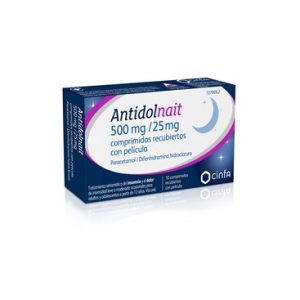Diazepam 10 mg is readily and completely absorbed from the gastrointestinal tract, peak plasma concentrations occurring within about 30 to 90 minutes of oral doses. Diazepam 10 mg is rapidly absorbed when given as a rectal solution; peak plasma concentrations are achieved after about 10 to 30 minutes. Absorption may be erratic after intramuscular injection and lower peak plasma concentrations may be obtained compared with those after oral doses. Diazepam 10 mg is highly lipid soluble and crosses the blood-brain barrier; it acts promptly on the brain, and its initial effects decrease rapidly as it is redistributed into fat depots and tissues.
Diazepam 10 mg has a biphasic half-life with an initial rapid distribution phase and a prolonged terminal elimination phase of 1 or 2 days; its action is further prolonged by the even longer half-life of 2 to 5 days of its principal active metabolite, desmethyldiazepam (nordazepam). Diazepam 10 mg and desmethyldiazepam accumulate on repeated dosage and the relative proportion of desmethyldiazepam in the body increases with long-term use. No simple correlation has been found between plasma concentrations of diazepam or its metabolites and their therapeutic effect.
Diazepam is extensively metabolised in the liver, notably via the cytochrome P450 isoenzyme CYP2C19; in addition to desmethyldiazepam, its active metabolites include oxazepam, and temazepam. It is excreted in the urine, mainly in the form of free or conjugated metabolites. Diazepam is 98 to 99% bound to plasma proteins.
The plasma elimination half-life of diazepam 10 mg and/or its metabolites is prolonged in neonates, in the elderly, and in patients with liver disease. In addition to crossing the blood-brain barrier, diazepam 10 mg and its metabolites also cross the placental barrier and are distributed into breast milk.












Reviews
There are no reviews yet.